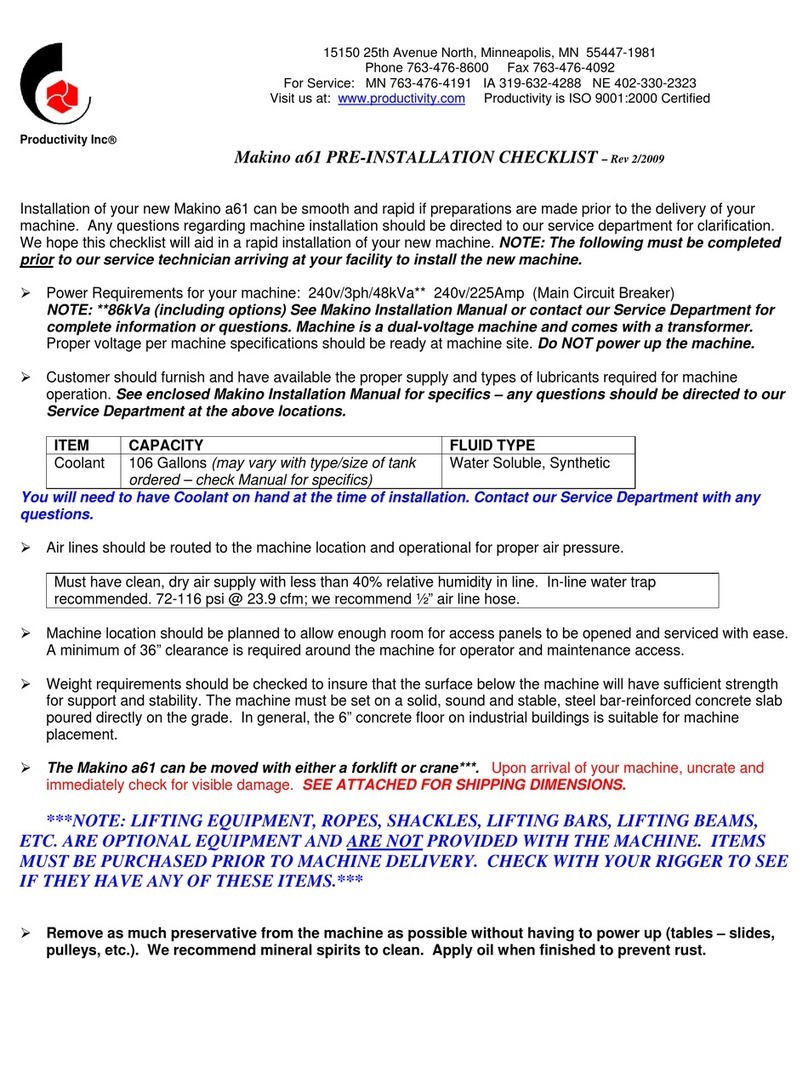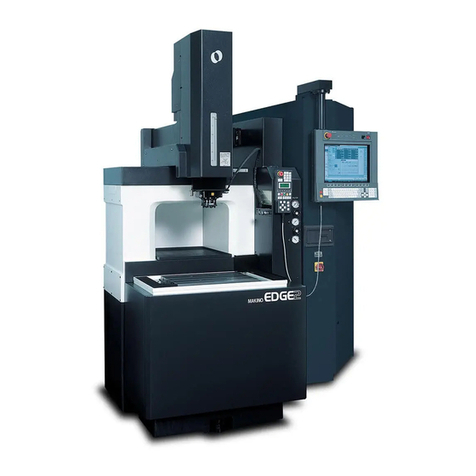Makino V55 Operating manual




















Table of contents
Other Makino Sander manuals
Popular Sander manuals by other brands
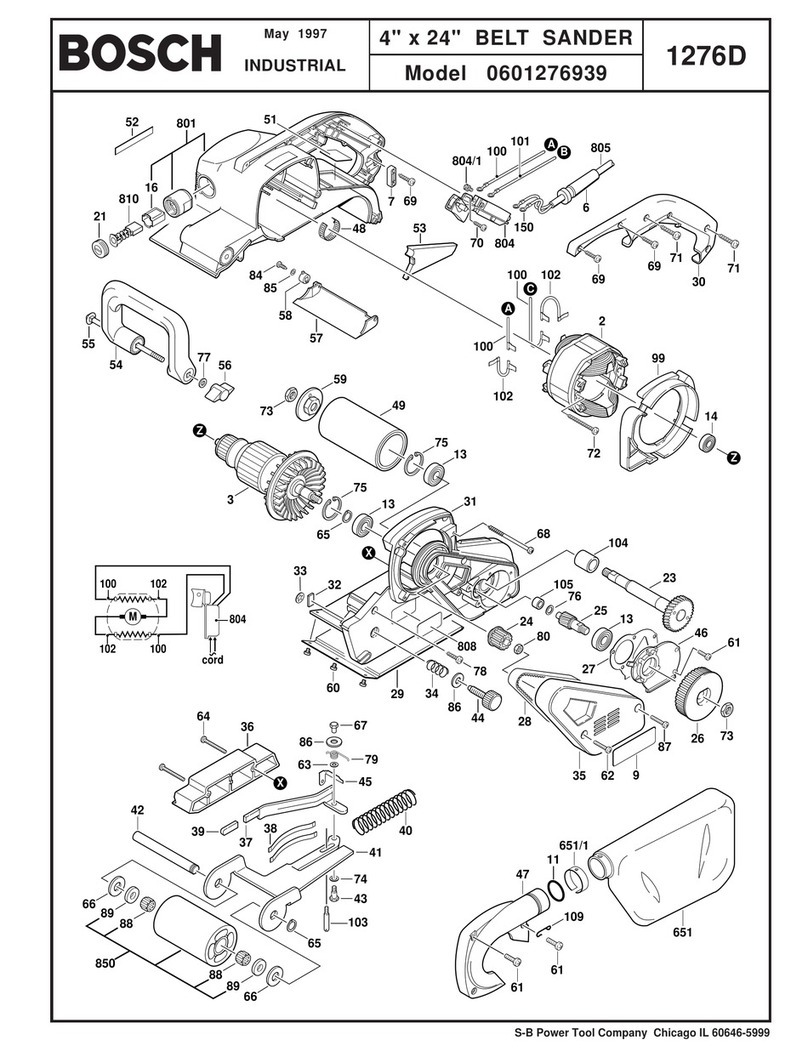
Bosch
Bosch 601276939 parts list
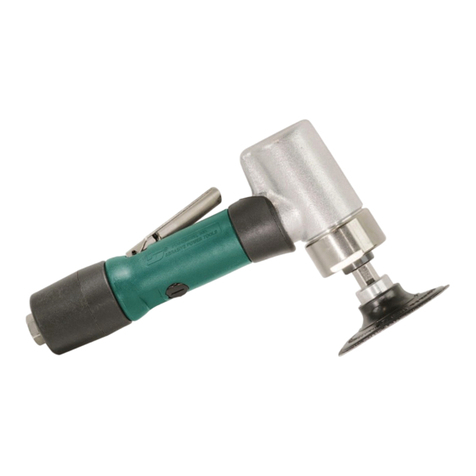
Dynabrade
Dynabrade 52413 Important operating, maintenance and safety instructions
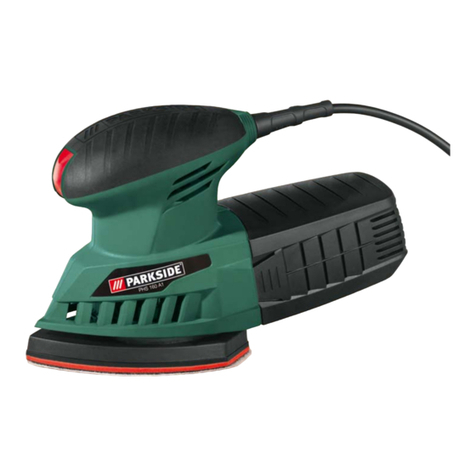
Parkside
Parkside PHS 160 A1 Operation and safety notes

Makita
Makita 9032 instruction manual
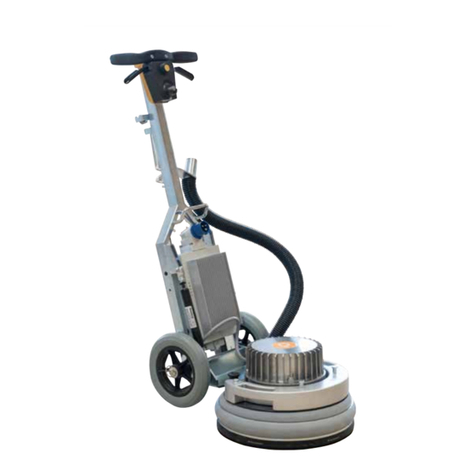
Pallmann
Pallmann Spider Translation of the original instruction

Makita
Makita M9202 instruction manual

Makita
Makita 9045B user guide
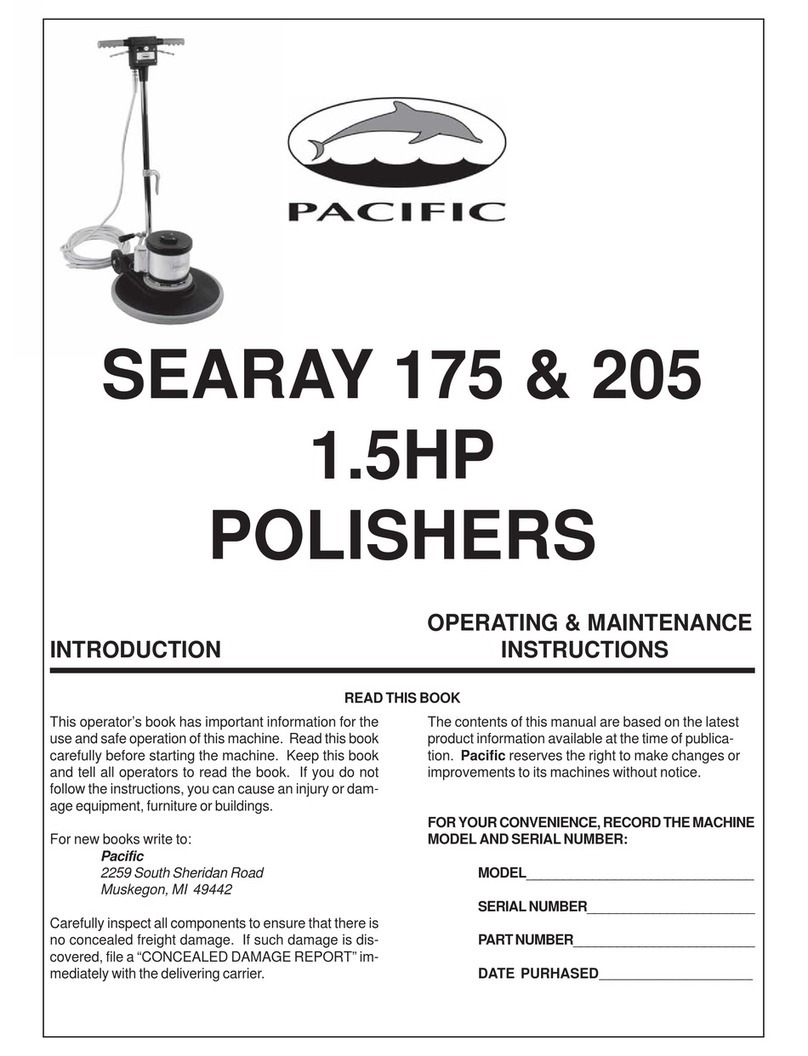
Pacific
Pacific SEARAY 175 Operating & maintenance instructions

Craftsman
Craftsman 315.268191 Operator's manual
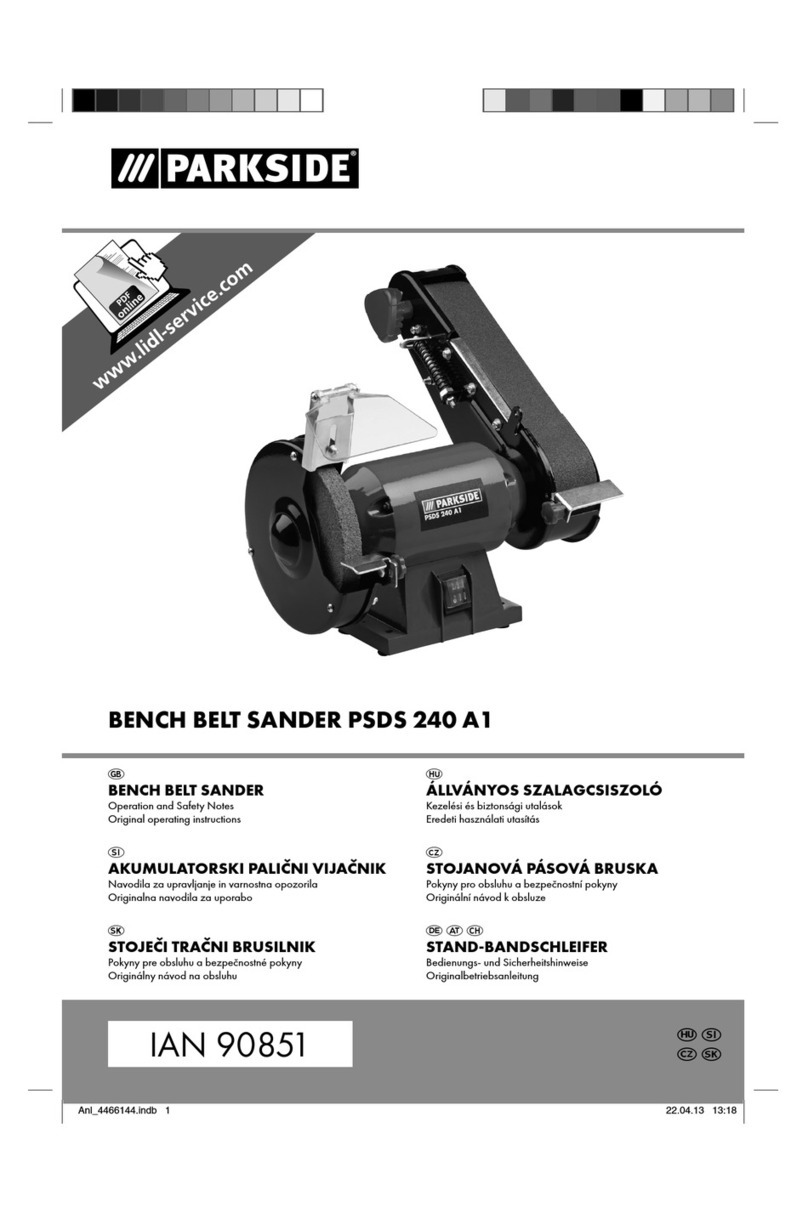
Parkside
Parkside PSDS 240 A1 Original operating instructions
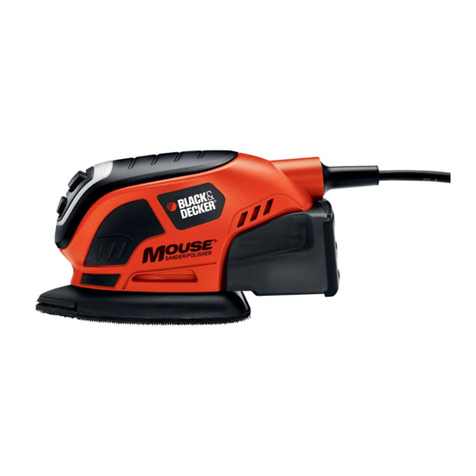
Black & Decker
Black & Decker Mouse MS800 instruction manual

Chicago Pneumatic
Chicago Pneumatic CP3750-085AA Safety information
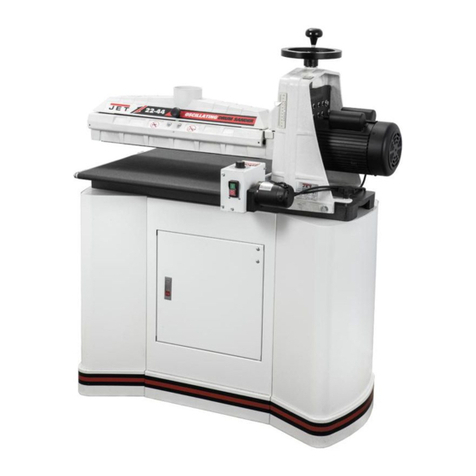
Jet
Jet 22-44 OSC Operating instructions and parts manual
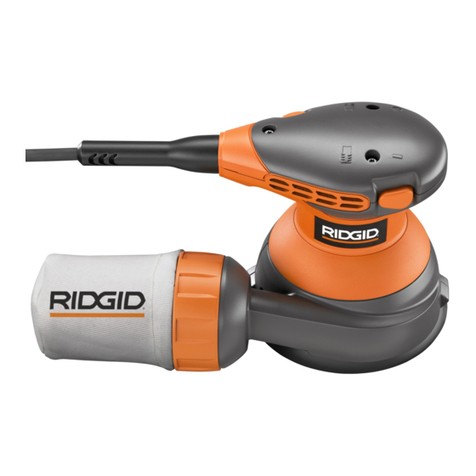
RIDGID
RIDGID R2600 Operator's manual

EINHELL
EINHELL TP-BS 18/457 Li BL Original operating instructions
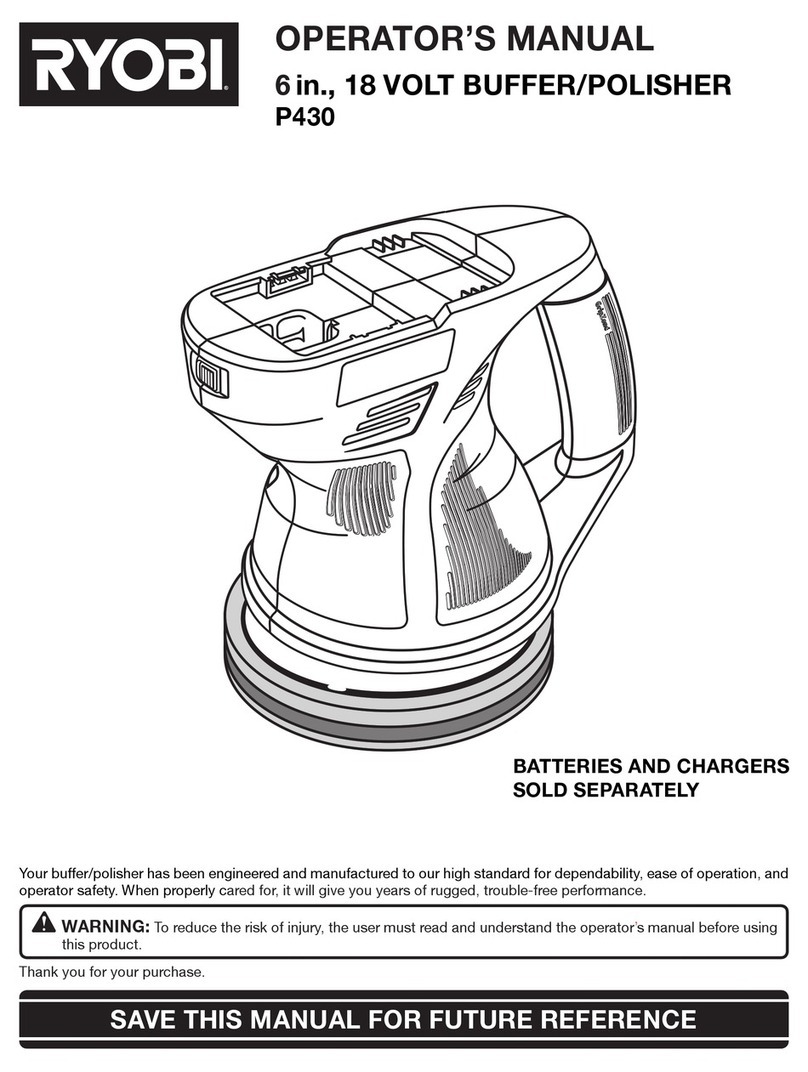
Ryobi
Ryobi P430 Operator's manual

Magnum Industrial
Magnum Industrial MI-16320 operating manual

Meister
Meister MFS320-1 Translation of the original instructions
